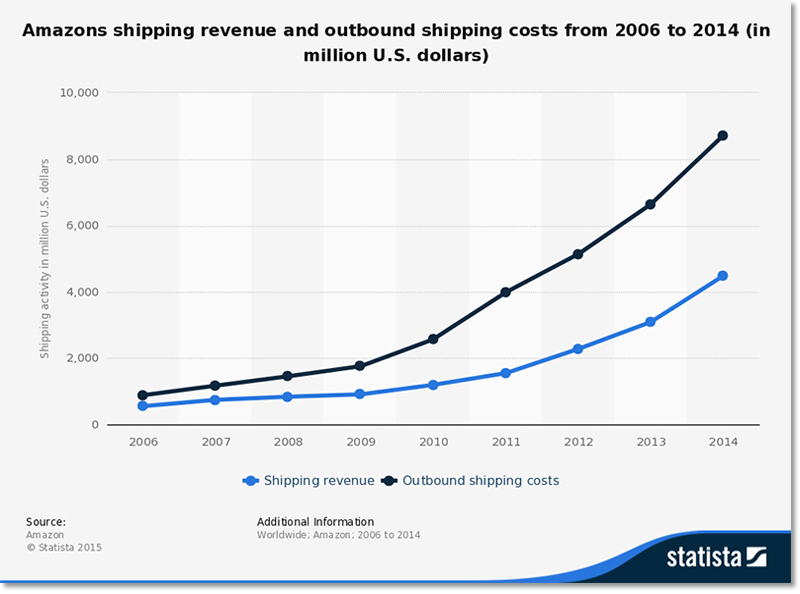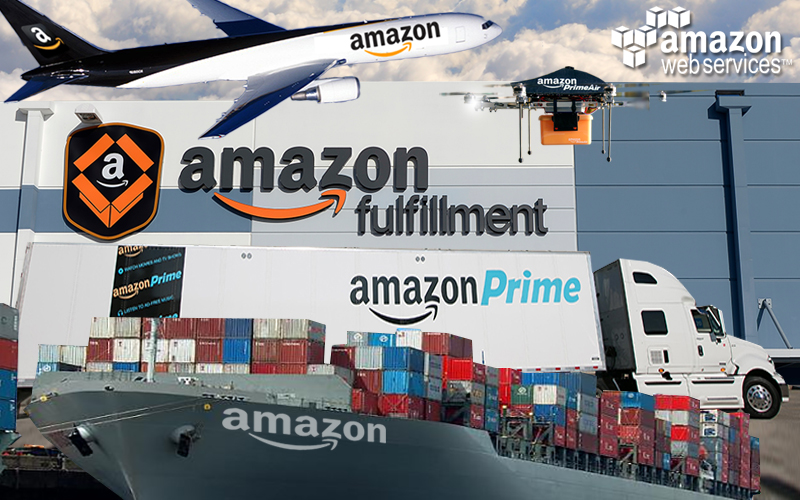When you hear the term “Dragon Boat” what comes to mind?
Perhaps you think of the picture above, the dragon boats, and of course you wouldn't be wrong.
For centuries, a dragon boat has only been correlated to the image you see above.
Well that's about to change in a big way. How big you may ask? Billion dollar big.
Now when you hear the term Dragon Boat, you won't think of boat races or cultural festivals, you'll think of Amazon.
Ah yes, another day another Amazon blog.
It seems like just the other day when we discussed whether or not Amazon will forever change the air cargo industry. And I can't forget that time we informed our readers of a few things they might not know about Amazon.
If you haven't already noticed, we really enjoy talking about Amazon. But really…can you blame us? Amazon has more tricks up its sleeve than a Las Vegas magician.
Back in October of 2015, we wrote a blog that talked about whether or not Amazon's spooking UPS and FedEx with plans to disrupt the shipping industry.
Some major indicators that Amazon was going to take supply chain matters into its own hands were its staggering shipping costs, and of course that it had negotiated to lease 20 Boeing 767 jets for its own air-delivery service, registered to provide ocean freight services in China, and purchased thousands of tractor trailers to ship merchandise between distribution facilities.
Well it was confirmed back in February when Bloomberg News wrote an article pertaining to a 2013 report to Amazon’s senior management team. The top-secret project, nicknamed Dragon Boat, is underway. Although Amazon suggests it isn't planning to kill UPS and FedEx, and simply wants to ensure a more timely delivery during peak periods, there is no doubt that the “Everything Store” is out to change the landscape. Perhaps the initiative began after the Christmas fiasco of 2013.
Transportation & Logistics Execution: Gaining the Competitive Advantage

These organizations have flexible models for workforce management, non-union individuals, and they leverage mobile or new technologies to connect shippers to carriers or providers.
So what is Dragon Boat? Dragon Boat is Amazon's way of cutting out the middleman. It's an expansion to its “Fulfillment By Amazon” service, that stores, picks, packs, ships and supports products to help retailers grow their business. And of course, it's Amazon's way of taking control of its end-to-end supply chain. In fact, dragon boat will eventually evolved into a monetized brand…a brand currently referenced as “Global Supply Chain by Amazon.”
Perhaps the most intriguing part of the report envisioned a global delivery network that controls the flow of goods from factories in China and India to customer doorsteps in the United States (specifically referencing Atlanta, New York and London). Of course this means that Amazon would be stepping on the toes of its Chinese counterpart Alibaba Group Holding Ltd.
It is interesting when you compare the Alibaba model of logistics, Cainao and the Amazon model. The shear dominance of the Alibaba brand in their market means that they can demand performance from their logistics network. Underpinning this however is their investment in data technology which enables them to provide supply chain visibility and data integration across the network. Importantly the Cainiao logistics network is made up of more than 15 major 3PL’s or logistics companies. To Alibaba, these logistics companies are expendable. Many others are looking to get a piece of the Alibaba action.
The challenge with Amazon in the US market, is their market share is a fraction of the overall ecommerce market. In Alibaba’s case, its market share in China is over 60% (and in an economy that size we are talking significant volumes).

Amazons cost of shipping have continued to rise over the years and with two main players doing all of Amazon's deliveries, the e-com giant knew something had to change.
The question now is, how long will it take for Amazon to complete its “Global Supply Chain by Amazon” movement?
Related: Amazon Logistics Services - The Future of Logistics?
As an industry, logistics is ripe for technology-driven disruption, and no company is better at leveraging technology to broaden margins than Amazon - logistics and delivery companies should be tracking these early days of Amazon‘s logistics play like hawks.

Article topics
Email Sign Up

















